Making Data More Accessible to Enhance Protection of the Susquehanna
Photo above: John Quigley, Director of Harrisburg University’s Center for Environment, Energy and Economy discusses what a shared database might look like.
Government agencies, nonprofits, academics and others use data in their day-to-day work. Whether analyzing the levels of nitrate and phosphorus in a water sample, tracking sediment loads over time, or gauging the economic the Susquehanna River had on local businesses, data is required to make accurate assessments and act accordingly. And while there is a lot of data out there, it is not always easily accessible. Many organizations do not share their data, due to a variety of factors, such as privacy and accuracy concerns. This leads to data gaps, different conclusions, and diverging management recommendations.
A Desire for Data Sharing Does Exist
During the first Susquehanna’s Future Forum, organized by RiverStewards in June 2017, myriad stakeholders from state government agencies, environmental nonprofits, and local institutions of higher learning agreed that finding a way to share their data was one of the biggest needs related to protecting the Susquehanna River watershed. RiverStewards listened, then acted.
Within weeks of that first forum, RiverStewards and our partners at the Social Enterprise Institute (SEI) @ Elizabethtown College began looking for a home for all the relevant data. We found that home at Harrisburg University. John Quigley, Director of the school’s Center for Environment, Energy, and Economy and former head of the Department of Environmental Protection and the Department of Conservation and Natural Resources, was thinking about the same data sharing opportunities and welcomed the chance to work with RiverStewards. He brought together a handful of faculty members from the school who are experts in data management, analytics, machine learning, and other relevant fields to meet with those in need of data collaboration.
But How Can Data Be Shared Efficiently?
Through these discussions it became clear that additional stakeholder input was needed to create the most useful shared database. And so, on August 24, 2018, RiverStewards and Harrisburg University invited a wide variety of stakeholders to a new Susquehanna Shared Database Forum at the Dixon University Center in Harrisburg to get their feedback. Twenty individuals from eleven organizations ranging from the Fish and Boat Commission, the Center for Land Use and Sustainability at Shippensburg University, and the Alliance for Aquatic Resource Monitoring participated in the discussion.
During the forum, Jamie Shallenberger, Manager for Monitoring and Protection with the Susquehanna River Basin Commission, said, “A colleague at ALLARM once said that ‘all data of known quality has use’. That is true and yet we don’t always know how to use each other’s data and how to share it. The value of a system like this is almost beyond measure.”
Travis Stoe, GIS Support staff for the PA Department of Environmental Protection, agreed. “We get the question all the time about what are the benefits of giving grants to small scale projects related to water quality. There is the potential for more holistic data sets and data analytics to define the benefits of these projects beyond the local area. It could show the collective impact and benefits of smaller projects.”
Quigley facilitated an hour of questions and answers between the school’s faculty and forum attendees. Questions included ‘How would you use the database,’ ‘What are the obstacles to data sharing and how can we overcome them,’ and ‘How can citizen science data be incorporated,’ among others.
John Arway, Executive Director of the PA Fish and Boat Commission, said he would like “historical data for trend analysis and to track changes in the landscape. This is difficult now because the data is scattered. Better data sharing could help influence decisionmakers for public policy decisions.”

Dr. Michael Meyer, Assistant Professor of Earth System Science at Harrisburg University, discusses a potential use for the shared database.
Where We Go From Here
After a lot of great input and ideas, Quigley wrapped up the forum by saying, “This will only stay relevant if we at Harrisburg University remain connected with your organizations.”
Over the next few weeks Quigley will work with RiverStewards to plan next steps and determine how to keep these stakeholders engaged while the database is being developed. A timeline has not been developed yet for when the database will become publicly-accessible.
We will keep you apprised of our progress and let you know how you may be able to get involved in the future.
- Lancaster Clean Water Fund Grant Will Support Outreach to Amish Landowners and Protect Water Quality - October 13, 2022
- Clean Water Benefits from Healthy Tree Cover - September 8, 2022
- The One Water Planning Process Can Save Money While Improving Water Quality: A New RiverStewards White Paper Shows How - May 13, 2019



